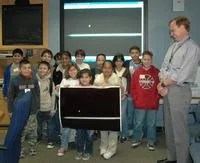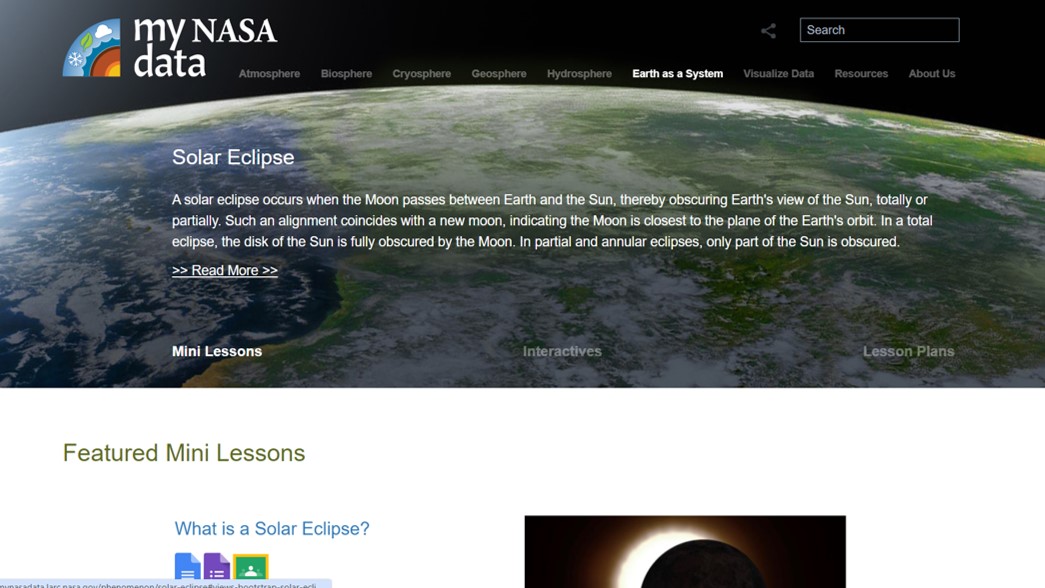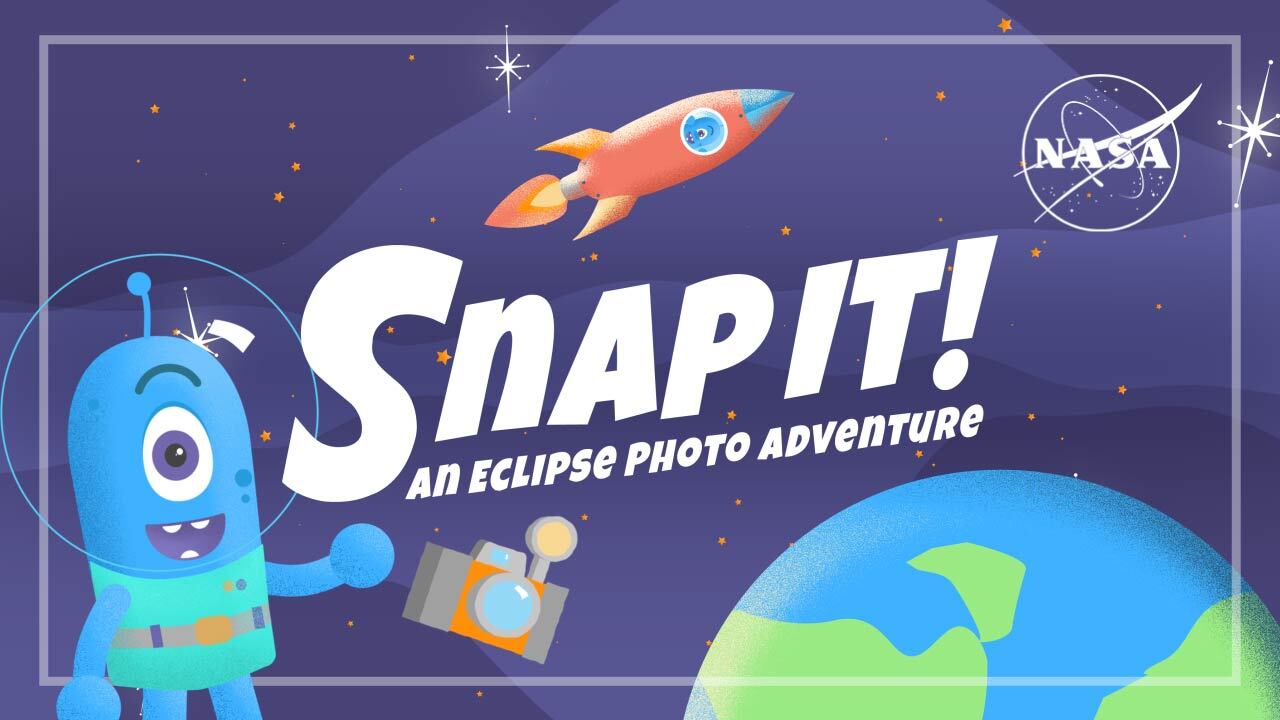3 min read
You, Too, Can Be a Scientist for a Day
October 23, 2007
(Source: Jet Propulsion Laboratory)
 |
Cassini Project Manager Bob Mitchell and students from Shirley Avenue Elementary School in Reseda, Calif., with a poster of the image they selected for the pilot edition of "Cassini Scientist for a Day" in 2005. + View Contest Pages |
The Ph.D. can wait for a few years! Students can have the fun of being a NASA scientist exploring the universe even before they've finished secondary school by participating in the Cassini Scientist-for-a-Day contest.
Launched 10 years ago this month, NASA's Cassini spacecraft has provided unprecedented views of Saturn, its rings and moons since its arrival at Saturn more than three years ago. Picking out just where the Cassini spacecraft points its cameras as it tours the Saturn system is one of the most challenging and exciting parts of the science team's job. This year, the Cassini Project will share that experience with students in grades 5 through 12.
Team members have picked four possible targets for Cassini's cameras on Nov. 30, 2007. They're asking students to decide which target's image would be best for Cassini to capture.
"Just like real scientists, students will have to decide what makes one target more interesting and scientifically rich than another," said David Seidel, who manages the elementary and secondary education program at NASA's Jet Propulsion Laboratory, Pasadena, Calif. "Then they'll have to explain the reasons for their choice."
To participate, students will need to learn about Saturn, its rings and its moons. Then they'll have to write a 500-word essay describing the target they chose and why they want that particular image.
Entries will be divided into two groups, those from grades 5 to 8 and from grades 9 to 12. There will be one winner in each group. The entries will be judged by a panel of Cassini scientists, mission planners, and JPL education and outreach specialists. The deadline for entries is midnight Pacific Standard Time on Nov. 15, 2007. All participants with valid entries will receive a certificate of participation.
Students from the schools with the two winning essays will participate via teleconference in a Cassini team staff meeting.
For more information about the Cassini Scientist-for-a-Day contest and entry rules, please visit: http://saturn.jpl.nasa.gov/education/scientist/ and http://www.nasa.gov/mission_pages/cassini/media/2007.html .
More information on the Cassini-Huygens mission can be found at: http://saturn.jpl.nasa.gov, and http://www.nasa.gov/cassini .
The Cassini-Huygens mission is a cooperative project of NASA, the European Space Agency and the Italian Space Agency. JPL, a division of the California Institute of Technology in Pasadena, manages the Cassini mission for NASA's Science Mission Directorate, Washington, D.C. The Cassini orbiter was designed, developed and assembled at JPL.
Contacts:
Carolina Martinez 818-354-9382
Jet Propulsion Laboratory, Pasadena, Calif.
carolina.martinez@jpl.nasa.gov
NEWS RELEASE: 2007-121







